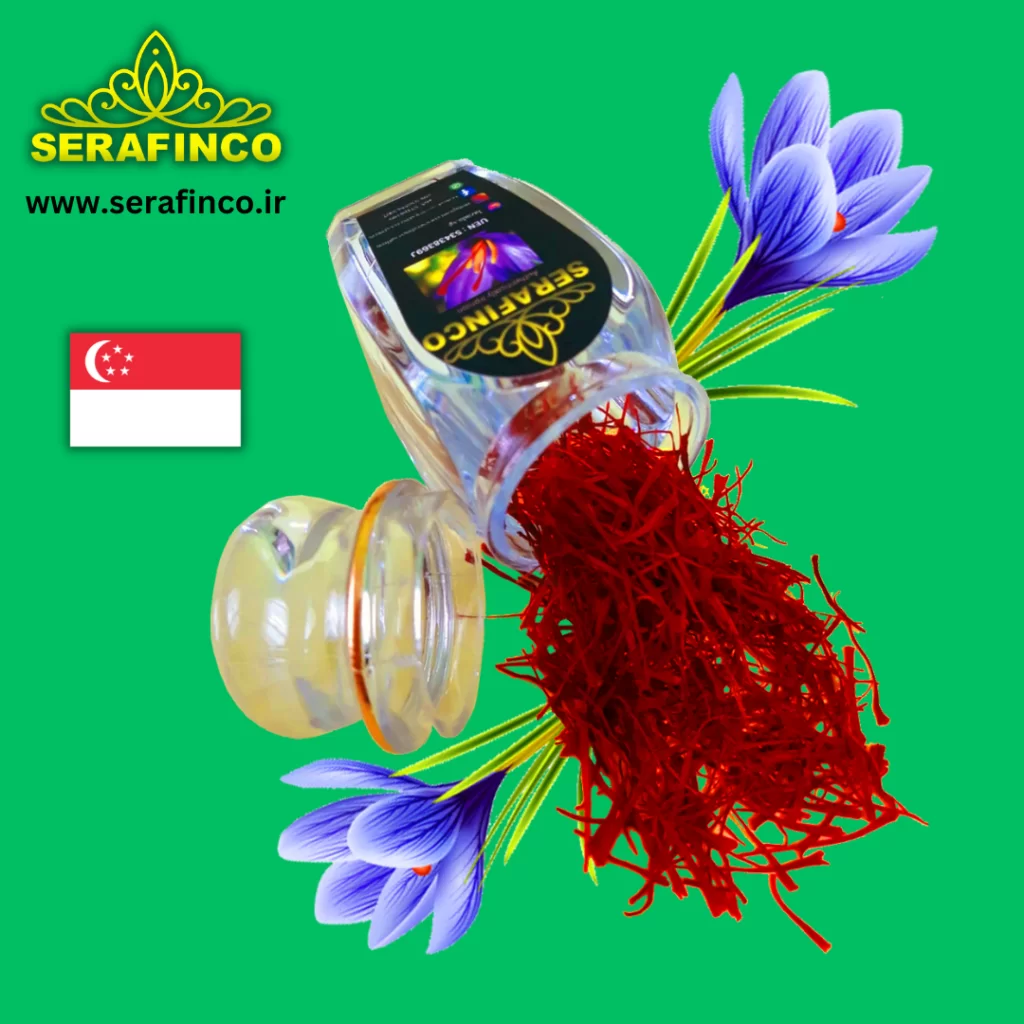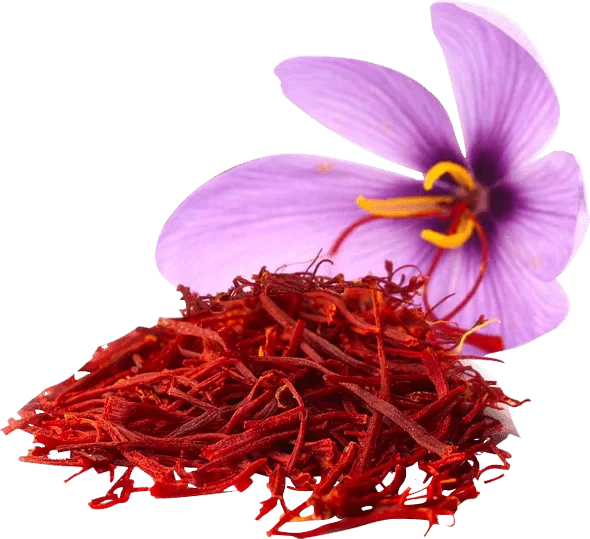Overview
Saffron (Crocus sativus) is a plant. The dried filamentous parts (stigmas) of the flowers are used to make saffron spice, food colouring, and medicine.
Saffron contains chemicals that can change your mood, kill cancer cells, reduce swelling, and act as an antioxidant. It takes 75,000 Saffron Flowers to make 1 Pound of Saffron Spice. Saffron is mainly grown in Iran and harvested by hand. It is one of the most expensive spices in the world.
Although it is common for people to use saffron for depression, anxiety, Alzheimer’s disease, menstrual pain, premenstrual syndrome (PMS), and many other conditions, there is not enough scientific evidence for many of these uses. is not.
Other name(s) of saffron:
Autumn Crocus, Azafrán, Azafron, Croci Stigma, Crocin, Crocus Cultivé, Crocus sativus, Indian Saffron, Kashmira, Kesar, Kumkuma, Saffron Crocus, Safran, Safran Cultivé, Safran Espagnol,
Safran des Indes, Safran Véritable, Spanish Saffron, True Saffron, Zafran

Saffron Uses & Effectiveness
Possibly Effective for
Alzheimer’s disease.
Taking saffron orally may slightly improve some symptoms of Alzheimer’s disease.
depression.
Taking saffron by mouth, with or without antidepressants, appears to improve symptoms of depression.
There is interest in using saffron for many other purposes, but there is not enough reliable information to say whether it helps.
Saffron Side Effects
Special Precautions and Warnings
When taken orally:
Saffron is commonly consumed as a food spice and coloring agent. Saffron may be safe when taken medicinally at doses up to 100 mg daily for up to 26 weeks. Some common side effects include drowsiness, an upset stomach, and feeling sick or unwell.
There is also the possibility of an allergic reaction.
Taking large amounts of saffron orally may not be safe. High doses of 5 grams or more can cause poisoning, while doses of 12-20 grams can cause death.
On skin:
There is not enough reliable information to know if saffron is safe or what side effects may occur.
Pregnancy:
Saffron is commonly consumed as a food spice and coloring agent. Taking saffron by mouth in amounts greater than those found in normal foods is probably not safe. Large amounts of saffron can cause uterine contractions and cause miscarriage.
Breastfeeding:
There is not enough reliable information to know if saffron can be used in breastfeeding in amounts higher than it is found in food. Stay on the safe side and stick to feeding amounts.
Bipolar disorder:
Saffron appears to be able to affect mood. It can induce irritability and impulsivity in people with bipolar disorder. Do not use saffron if you have this symptom.
Allergies to Lorium, Olea (including Olive), and Sarthora Plant Species:
People who are allergic to these plants may also be allergic to saffron.
Surgery:
Saffron slows down the central nervous system. Anesthetics and other drugs used during surgery also affect the central nervous system. Stop taking saffron at least two weeks before your planned surgery.
Interactions
moderate interaction
Be careful with this combination
Interactions between High Blood Pressure Medications (Antihypertensives) and Saffron
Saffron may lower blood pressure. Taking saffron with antihypertensive medications may lower blood pressure too much. Monitor your blood pressure carefully.
Caffeine interacts with saffron
Saffron may slow down the rate at which your body breaks down caffeine. Taking saffron with caffeine may increase the effects and side effects of caffeine in some people.
Interaction between antidiabetic drugs (diabetic drugs) and saffron
Saffron may lower blood sugar levels. Taking saffron with diabetes medication may cause your blood sugar to drop too low. Monitor your blood sugar carefully.
Sedatives (central nervous system depressants) interact with saffron
Saffron can cause drowsiness and decreased breathing. Some drugs, called tranquilizers, can cause drowsiness and slow breathing. Taking saffron with sedatives can cause breathing problems and severe drowsiness.
Dosing of saffron
Saffron is commonly used as a food spice and coloring agent. As a medicine, saffron extract is most commonly used by adults, taking 20-100 mg orally daily for up to 3 months. Talk to your doctor about the best dosage for your particular condition.

-
Experience the Delight of Serafinco Saffron: A Treasure of Aromatic Luxury
Are you ready to elevate your culinary creations with a touch of exquisite flavor and vibrant color? Look no further than Serafinco Saffron, a brand renowned for its exceptional quality and premium saffron products. With its rich heritage and commitment to delivering the finest saffron, Serafinco is a name that epitomizes luxury and culinary excellence.…
-
Where to buy saffron in Singapore
Little India and Arab Street in Singapore are the best places to buy some saffron for the foodies back home, they are plenty.
-
Unlock the Secrets of Saffron Milk: The Ultimate Guide
Unlock the Secrets of Saffron Milk Saffron milk, also known as “Zafran Doodh” or “Saffron Latte,” is a popular beverage in many cultures, particularly in Indian and Middle Eastern cuisine. The rich, creamy flavor and vibrant yellow color of saffron milk make it a delightful treat for any occasion. But what type of saffron is…
-
The Quest for the Finest Saffron: Safranco Saffron Trade Centre Ltd
Introducing Safranco Saffron Trade Centre Ltd: A Global Saffron Leader Safranco Saffron Trade Centre Ltd, a reputable company with operations in the UK and Iran, is renowned for its exceptional quality of saffron. For centuries, saffron has been prized for its vibrant yellow color, delicate flavor, and numerous health benefits. With Safranco’s commitment to excellence,…
